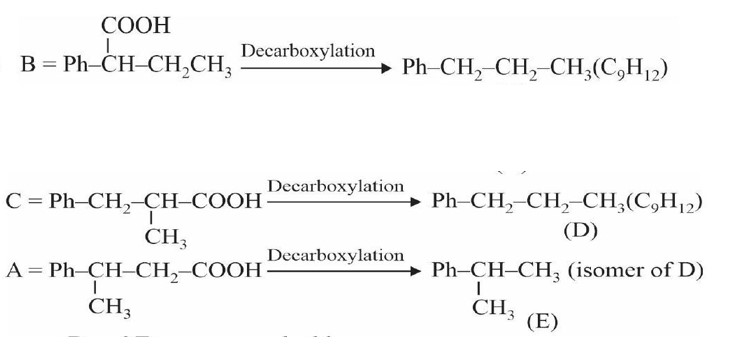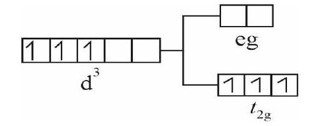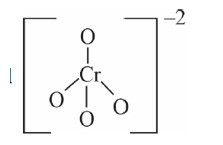Class 12th
Get insights from 12k questions on Class 12th, answered by students, alumni, and experts. You may also ask and answer any question you like about Class 12th
Follow Ask QuestionQuestions
Discussions
Active Users
Followers
New answer posted
2 months agoContributor-Level 9
(1) Cimetidine Antacid
(2) Iproniazid Antidepressant
(3) Penicillin Antibiotic
(4) Terfenadine Antihistamines
New answer posted
2 months agoContributor-Level 9
0.2 mole gives mole of (moles of )
1 mole complex gives moles
The correct answer should be option.
New answer posted
2 months agoContributor-Level 9
The rate of formation of is three times the rate of decomposition of .
New answer posted
2 months agoNew answer posted
2 months agoContributor-Level 9
Chromate ion shape tetrahedral
But dichromate ion has only one common oxygen bond.
New answer posted
2 months agoContributor-Level 9
Above a particular concentration called critical micelle concentration at which micelles are formed. for soaps, the
is to
New answer posted
2 months agoContributor-Level 9
Nucleophilic addition on carbonyl compounds decreases by increasing steric hindrance.
Taking an Exam? Selecting a College?
Get authentic answers from experts, students and alumni that you won't find anywhere else
Sign Up on ShikshaOn Shiksha, get access to
- 65k Colleges
- 1.2k Exams
- 679k Reviews
- 1800k Answers







